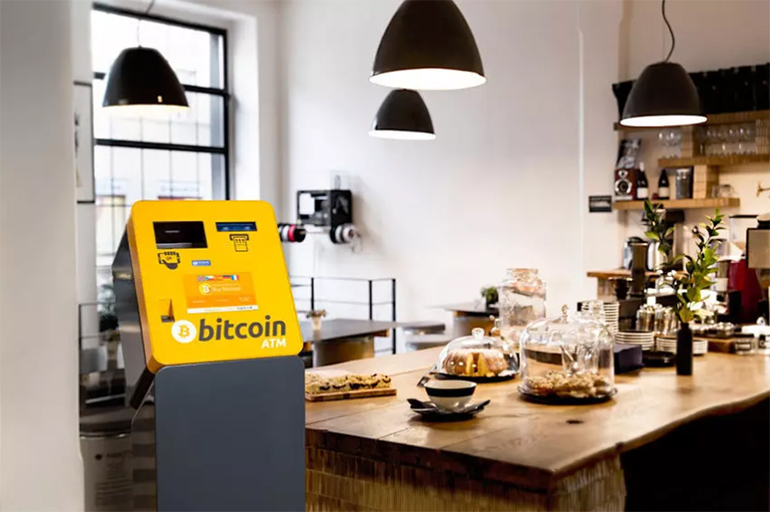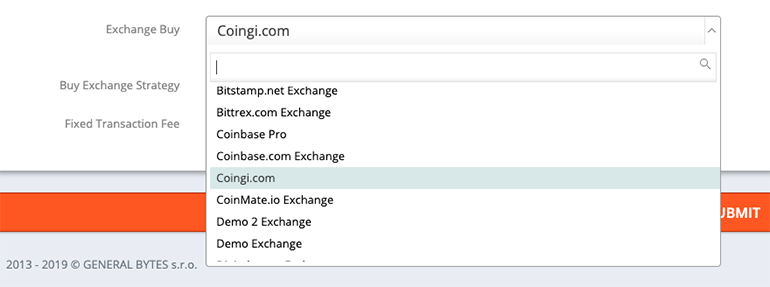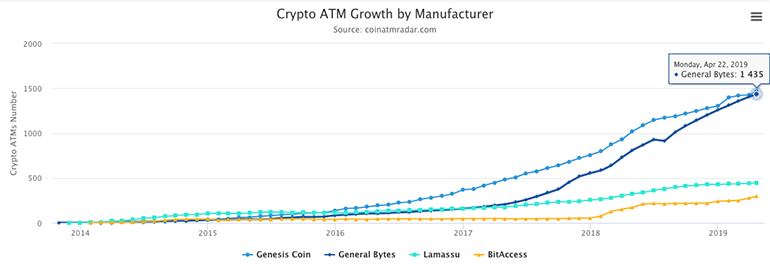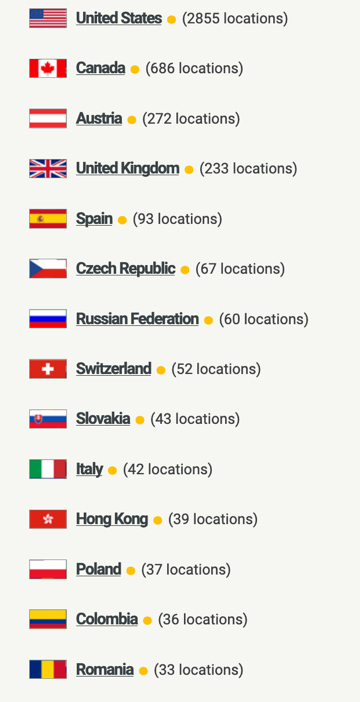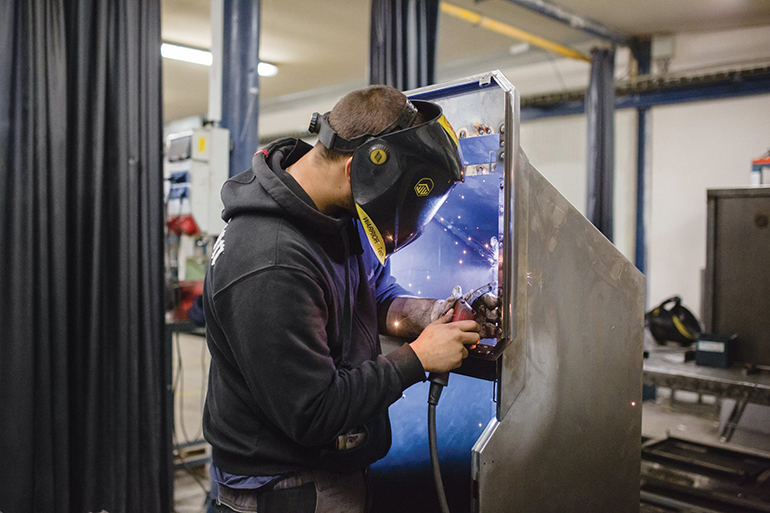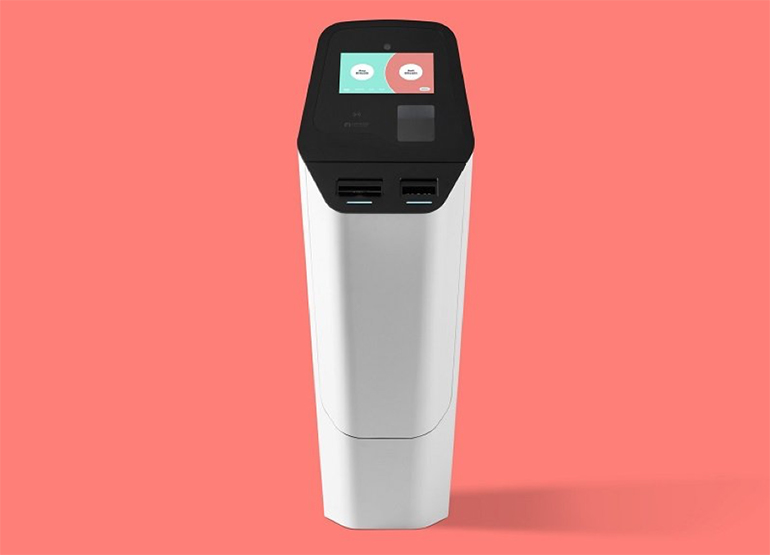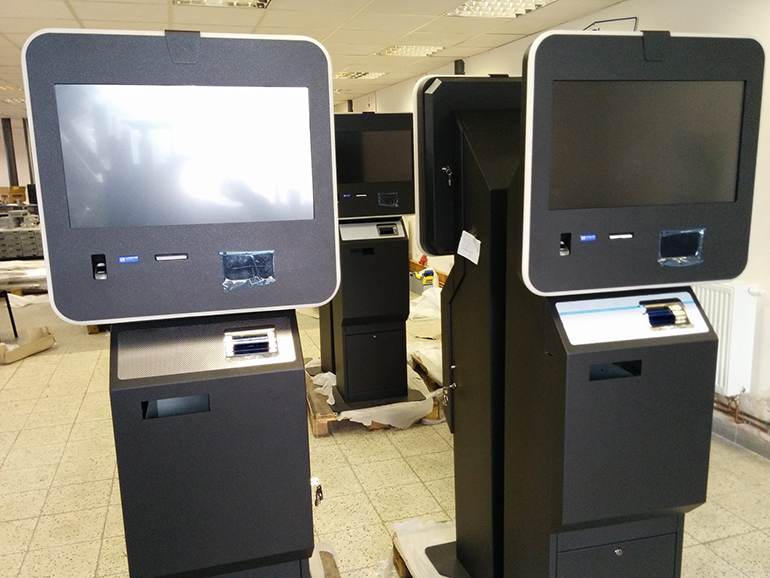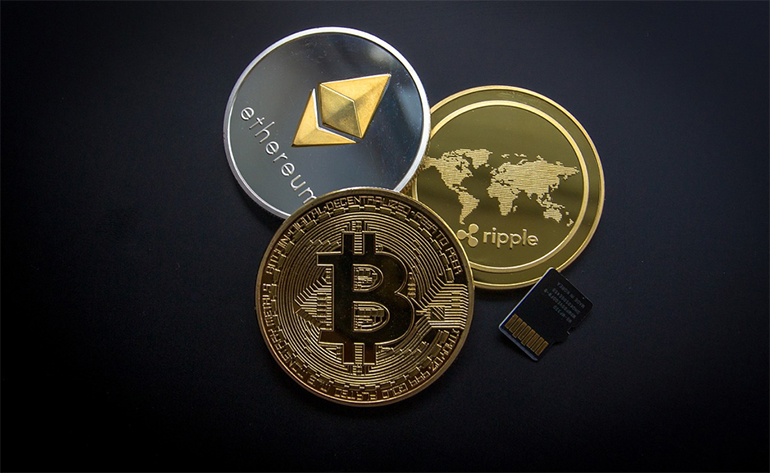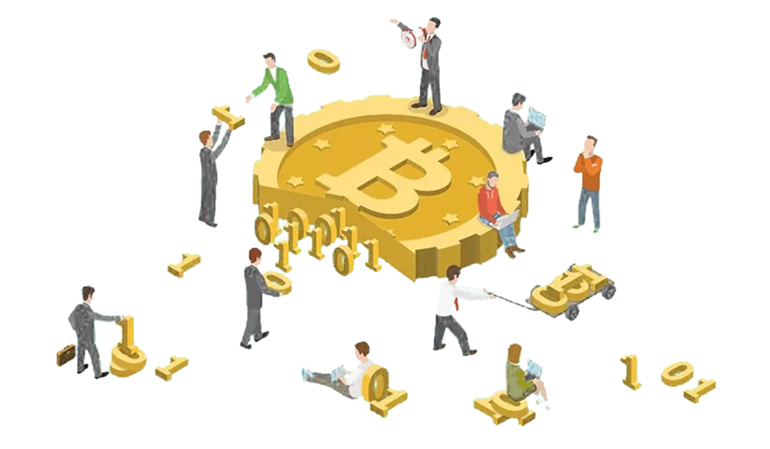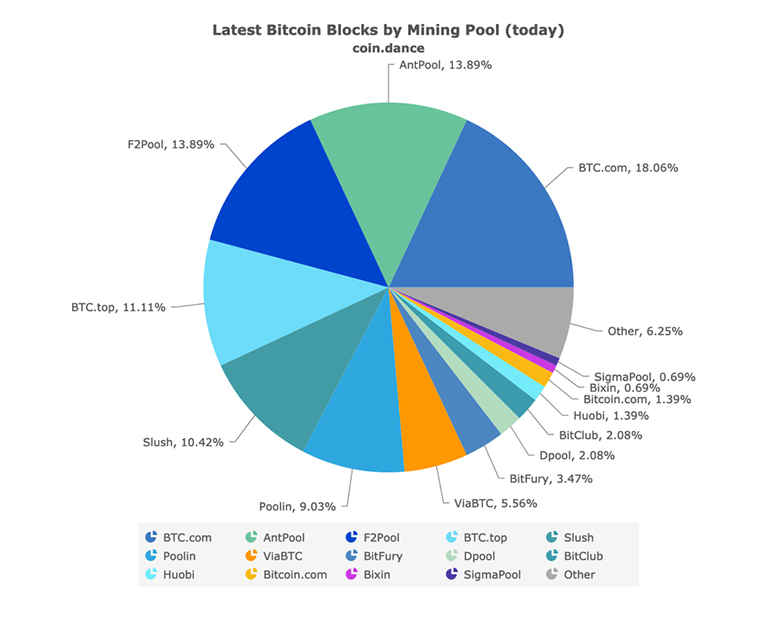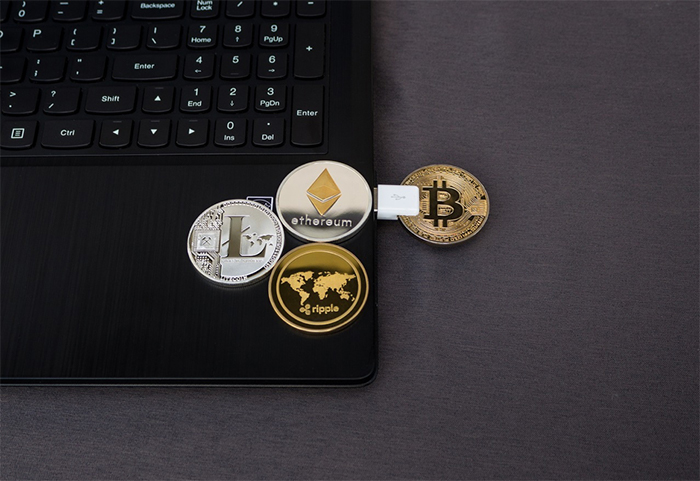
Not just your Dollars or Euros, but also crypto coins need to be safely stored. Many of the available apps and desktop wallets could be a practical option, but definitely not the safest one. If you are serious about your crypto investments, you should own a proper hardware wallet.
Mobile and desktop wallets are usually app installed on your personal device and connected to the internet. However, that way they are more likely to get hacked or accessed by a virus while on the other hand, hardware wallets are protected against them. A hardware wallet is an external device which stores crypto (keys) offline. This way your funds are safe from online threats.
The hardware wallet is protected by password and basically, in order to steal your crypto, not just the device would have to be taken, but also all the passwords. Even if your wallet would get stolen, there is no way to access your coins without knowing your passphrase. This makes hardware wallet the most secure place for your cryptocurrency.
Plus if you ever lose this wallet, you can always restore your coins, if you have the passwords with you.
Another security hack a hardware wallet has is their secure chip, which allows you to connect them to a computer and send coins without having to input private key on the computer itself.
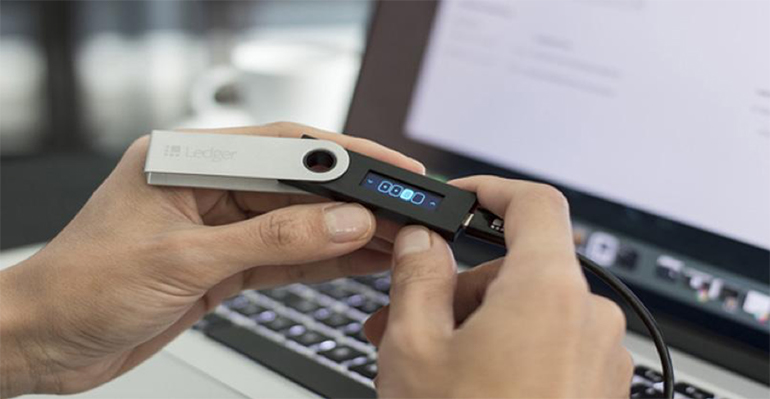
Interesting fact:
Since blocks cannot actually be taken out of a blockchain and can't be "stored" anywhere, you are basically just storing your access to the blockchain which is a digital code = private key. That private key works as a proof of your ownership of a public digital code, known as a public key. The public key can be used to access your currency addresses. The currency wallet is then storing your access to your owned currencies.
History of a hardware wallet:
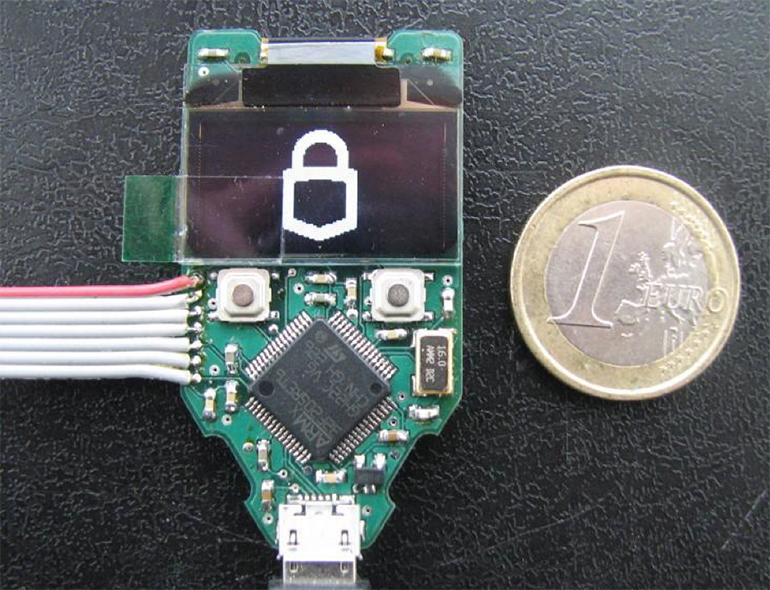
One of the first wallets was made when only Bitcoin and Litecoin were the crypto options, back in 2011. It was the time when many bitcoins were lost dues to destroyed harddisks and forgotten passwords. But the first hardware wallets were just too technical and not very user-friendly. First proper hardware wallet was made in 2014, called TREZOR. Even though competitors soon appeared, many of them did not make it further.
What is THE seed and BIP32
The seed phrase is a collection of generated 12 - 24 English words, which allows you to recover your wallet. Let's say you lose your wallet or it gets stolen. There come recovery seeds to get back to your crypto.
These words must be written and kept in a very safe place. Definitely not shared with anyone.

BIP32 then works as extended private key.
For example later mentioned TREZOR hardware wallet:
The private keys are generated by the device and never leave it so they cannot be accessed by a malware.
It uses a deterministic wallet structure which means it can hold an unlimited number of keys = BIP ( Bitcoin Improvement Proposals) BIP0032/BIP 0044. A recovery seed is generated when the device is initialized. In case Trezor gets lost or stolen, all its contents can be recovered using this seed (private keys, bitcoin balance and transaction history) into a new device or another BIP 0039/BIP 0044 compatible wallet.
The BIP 0032 standard for Hierarchical Deterministic Wallets is used by all good wallets as of 2019.
A Bitcoin Improvement Proposal (mentioned BIP) is a design document for introducing features or information to Bitcoin. This is the standard way of communicating ideas since Bitcoin has no formal structure.
As described in BIP 0001 the workflow of a BIP is as follows:
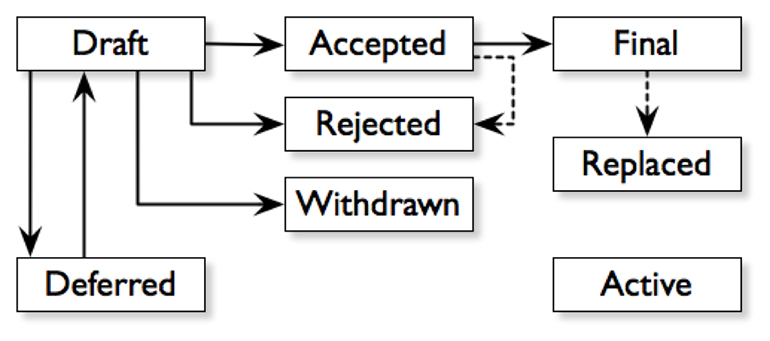
Coingi exchange uses the incoming BIP32 generated addresses for higher security!
Most favourite hardware wallets by 2019:
TREZOR
TREZOR (trezor.io) was a first modern hardware wallet, brought into the world of crypto in 2014 by Czech guys from SatoshiLabs. It is a small device which connects to your computer with a USB cable. It stores your cryptocurrency private keys offline, therefore safely than app wallets, which are not protected against virtual theft.
TREZOR is an HD wallet where you control the private keys, so an entire wallet can be backed up with the 24 words generated on setup. The original 24-word seed is generated using RNG (RNG – Random Number Generator) from the device and the computer. The seed is generated offline and displayed on the TREZOR’s screen, which ensures that the seed is never on a connected computer.
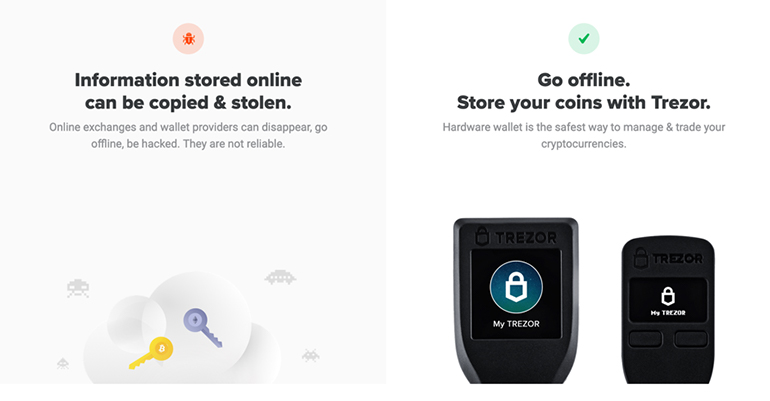
Ledger
USB shaped wallet made from stainless steel by Ledger (ledger.com) company belongs among the most popular ones on the market. It was released the same year as TREZOR and sharing the same features such as digital display, USB cable to connect the wallet to the computer or 24-word seed function. Ledger wallet is a Paris based company and sold already over 1,3 million devices (2018).

Security of hardware wallets:

As we mentioned, the hardware wallet is much safer than web or mobile wallets. Till now there is no evidence of stolen crypto from a hardware wallet. Hardware wallet stores your private key leading to your bitcoins under 12-word password known as seed passwords.
It is randomly generated words from RNG (RNG – Random Number Generator) which you need to write down and store on a safe place. When you have these seeds remembered/noted, not only your crypto keys are protected, but if you ever lose your hardware wallet, you can access to your crypto by seeds passwords from the different device as well.
This is followed by choosing a PIN and passphrase ( passphrase - group of words, similar to a password but longer for added security) if you want to enhance your safety.
Finally got your first wallet? Let's look at how to start, using TREZOR wallet as an example:
First of all: make sure you are buying your hardware wallet from a reliable store. For example mentioned TREZOR wallet should have safety hologram seals on the box:

For the set up:
- Connect your wallet to computer, using its USB cable.The device screen will light up.
- Install TREZOR wallet (wallet.TREZOR.io) and give your device a name.
- FSet up your password following steps provided by TREZOR. A PIN code is required on setup, and required for spending
- Write down recovery words (seeds) displayed on wallet. You can add a passphrase to the 24-word seed for extra security, which acts as a 25th word
- Access your TREZOR wallet on your browser, customize your homescreen, check PIN:
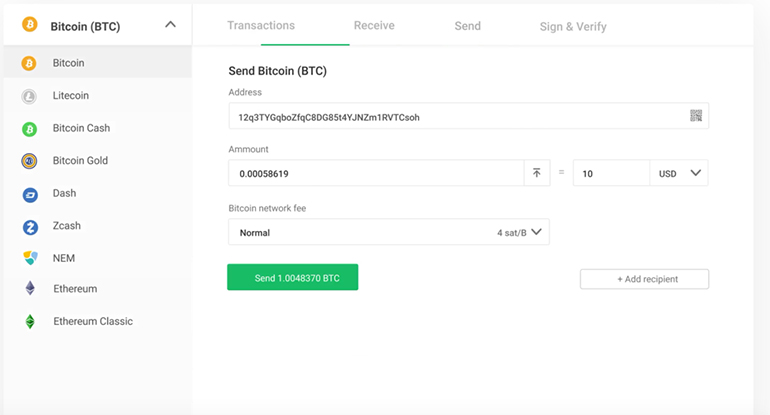
- Remember: You must remember the passphrase because the seed without the passphrase is not enough to recover the wallet. A passphrase offers more security, but if forgotten the wallet cannot be recovered.
Recovery can be done with another TREZOR or with other wallets, like Electrum or Mycelium
Process of setting up a hardware wallet is very similar no matter of a brand you buy.
Safety recommendations for hardware wallets:
Being your own “bank” comes with several responsibilities. Make sure that you:
- Never share information about what amount of crypto you own
- Do not share your recovery phrase with anyone
- Have your written down pin codes and recovery phrase on a very safe place and in a format which can not be easily destroyed
- Do not write your recovery phrase it into a phone or computer
